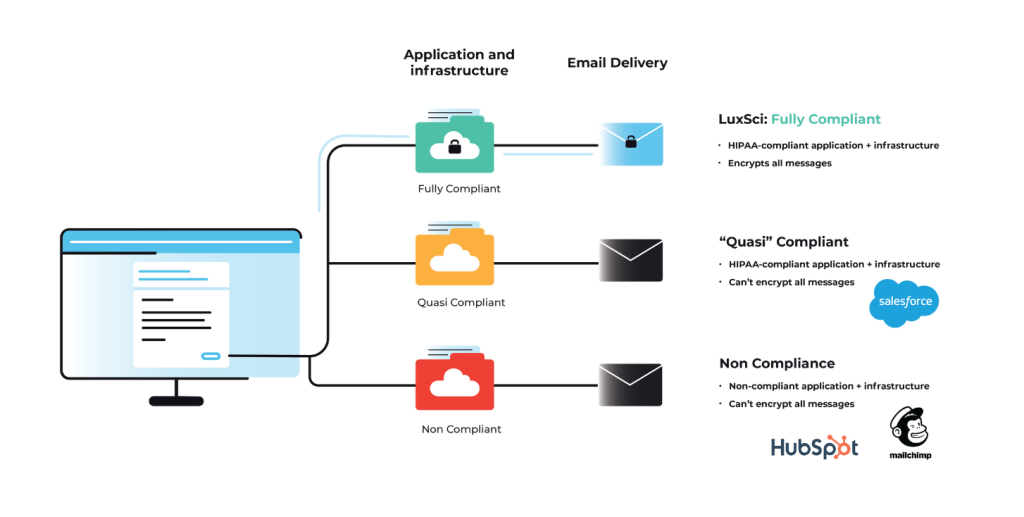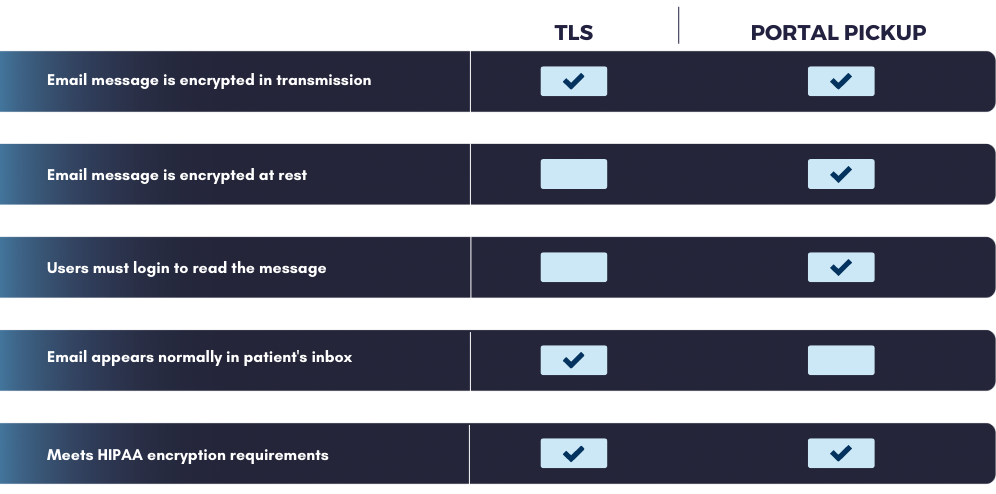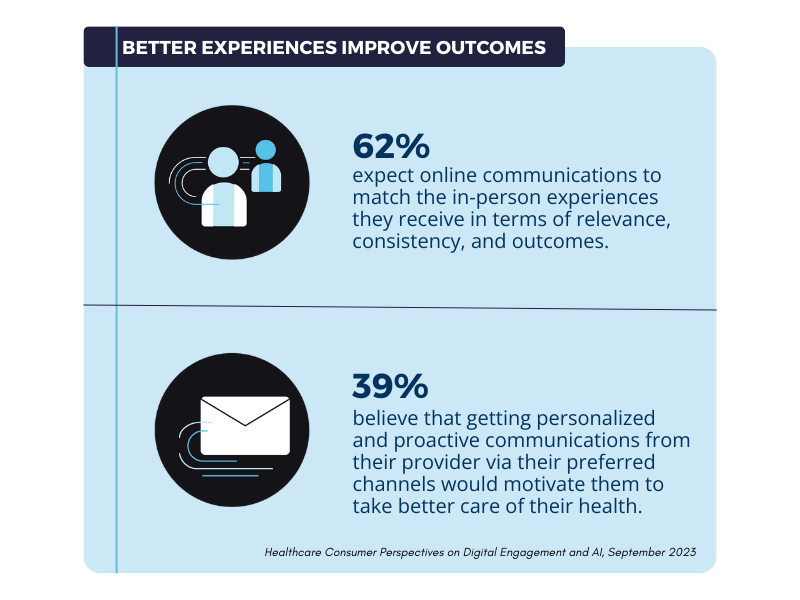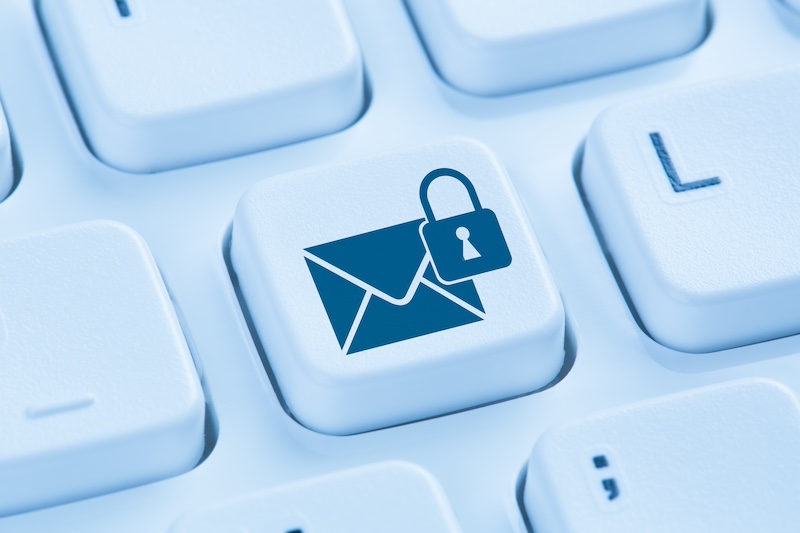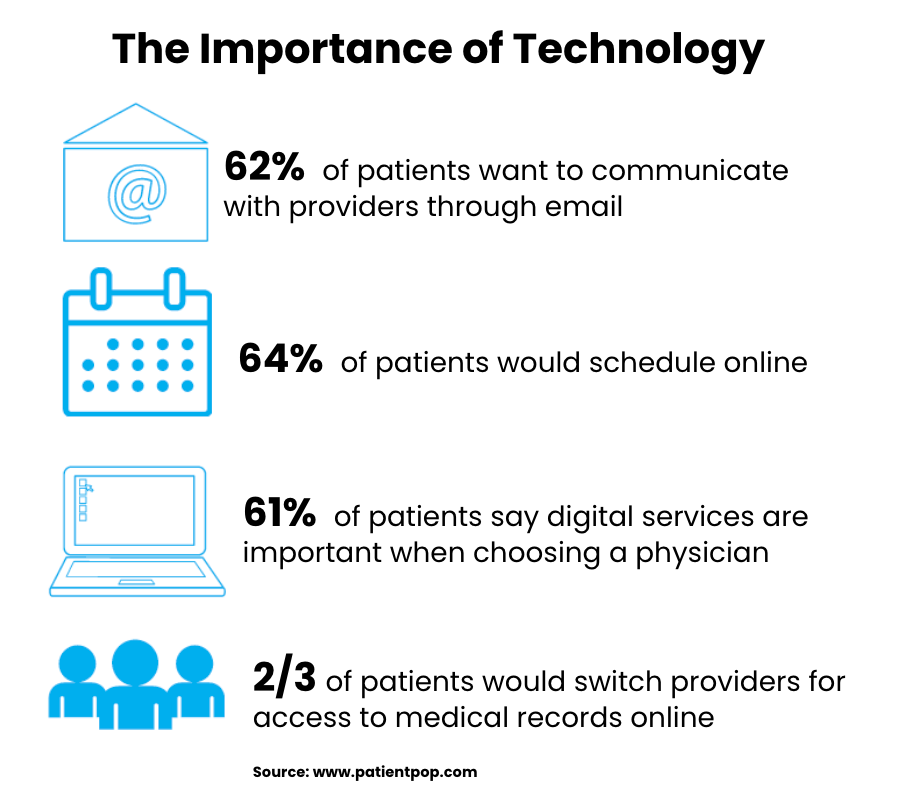In today’s connected world with millions of messages bombarding people every second of the day, personalized engagement over digital channels is a requirement for any business – especially in healthcare. However, ensuring that your marketing efforts comply with the Health Insurance Portability and Accountability Act (HIPAA) can be a daunting task that never quite gives you the peace of mind you need. The good news is that you don’t have to lose sleep at night worrying about whether your marketing campaigns are secure and protected from data breaches and outside threats. With the right strategies and solutions, you can create HIPAA-compliant marketing campaigns that not only keep data protected, but also boost lead conversions, improve outcomes, and reduce costs.
Here are some simple but necessary steps to get you off and running with HIPAA-compliant marketing campaigns today:
- Understand HIPAA Requirements
Before embarking on any marketing campaign, it’s crucial to have a thorough understanding of HIPAA regulations. HIPAA sets strict guidelines for keeping protected health information (PHI) safe. Ensure your marketing team is well-versed in these regulations to avoid any compliance failures. If you’re not sure, check out this recent LuxSci blog post on understanding encryption requirements for HIPAA-compliant email.
- Leverage Automated Data Encryption
Safeguarding protected health information (PHI) is a requirement with HIPAA. Use advanced encryption methods – including dedicated cloud infrastructures and automation that encrypts every email sent with no user intervention required – to secure patient and customer data both in transit and at rest. This ensures that any data shared during marketing campaigns remains confidential and secure from breaches.
- Implement Consent Management
Obtaining explicit consent from patients and customers before using their information in marketing campaigns is a also requirement and non-negotiable. Make sure you have a consent management system that records, stores, and manages patient and customer consent effectively and efficiently.
- Personalize and Hypersegment Campaigns Using PHI Data
HIPAA does not need to hold you back. In fact, using PHI data can take your email targeting and messages to the next level. Personalized marketing can significantly improve patient and customer engagement and increase your lead conversions. Use PHI data to tailor your marketing messages to the specific needs and preferences of precise segments to ensure content is relevant and valuable – and actionable.
- Utilize Encryption for All Healthcare Communications
Communicating with patients and healthcare customers through secure channels is essential for ALL communications, not just those that require HIPAA compliance. Use flexible encrypted email services, secure messaging apps, and patient portals to share sensitive information, and protect yourself from the latest cybersecurity threats at all times.
- Monitor, Analyze and Improve Marketing Campaigns
Regularly test, monitor and analyze your marketing campaigns to ensure ongoing HIPAA compliance and the best results, using data on emails delivered, opened, clicked and secured. Take action in real-time to improve segmentation and results based on your latest business needs and deliverability requirements.
Benefits of HIPAA-Compliant Marketing
Implementing HIPAA-compliant marketing strategies offers numerous benefits, including:
- Improved healthcare experiences – Personalized and secure communications build trust and strengthen relationships with patients and customers.
- More lead conversions – Hypersegmentation and automation drive higher conversion rates and improve patient and customer engagement.
- Increased sales opportunities and revenue – Targeted, timely communications and campaigns drive the best results for growing your business.
Call to Action: ‘How-To’ Webinar on HIPAA-Compliant Marketing
Embracing HIPAA-compliant marketing is not just about avoiding penalties; it’s about delivering superior patient and customer experiences – and achieving business success. With HIPAA-compliant marketing, you can create powerful campaigns that protect PHI data, drive lead conversions, and improve patient and customer outcomes.
Are you ready to transform your healthcare marketing strategy – in a HIPAA-compliant way?
Join us for a webinar on How to Harness HIPAA-Compliant Marketing and Workflows, taking place on Tuesday, August 6 at 12:00PM Eastern Time. We’re joining forces with the experts over at Compliancy Group for an informative ‘how-to’ session on the latest best practices, success stories and easy-to-use tools for ensuring compliance across your organization – with a focus on marketing, workflows and automation. This includes:
- Effectively and efficiently managing compliance across multiple standards
- How to increase engagement and drive sales with HIPAA-compliant marketing
- Optimizing workflows with secure forms and automation
- Includes 2 live demos
Don’t miss it. Sign up today!


